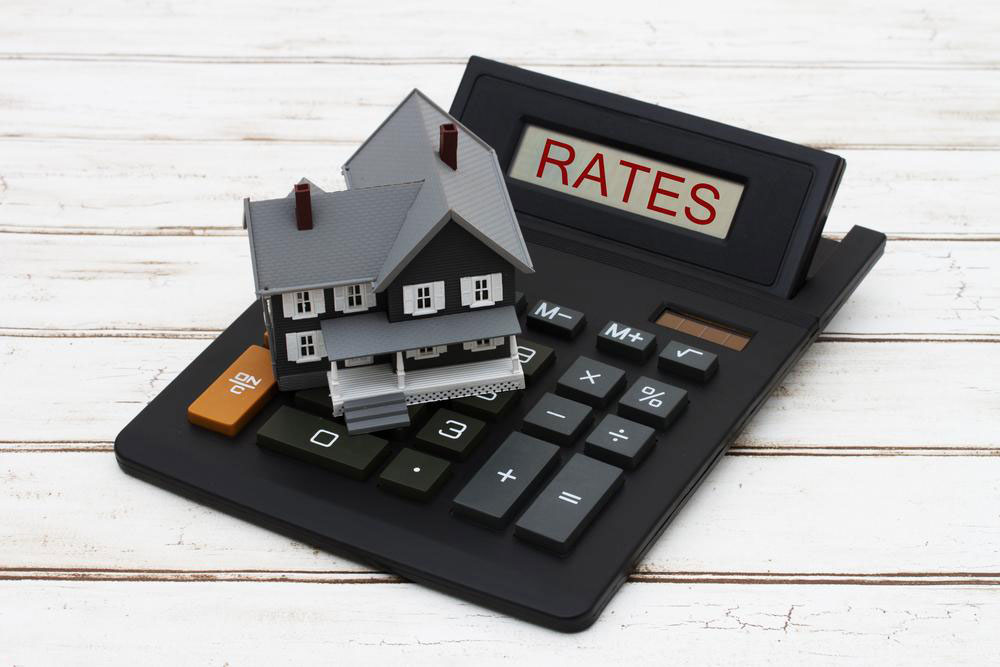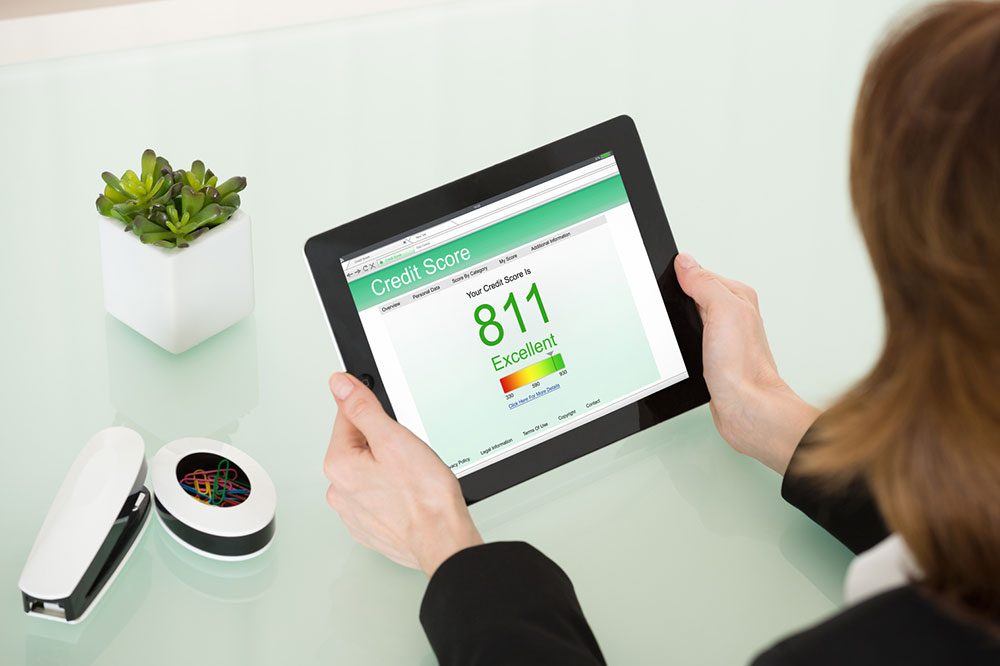Key Factors to Evaluate Before Choosing a 5% Interest Savings Account
Discover essential tips for choosing a 5% interest savings account, including assessing bank reputation, FDIC insurance, liquidity, charges, and proper usage. Make informed decisions to optimize your savings strategy and meet your financial goals effectively.

Important Considerations for Selecting a 5% Interest Savings Account
Savings accounts offering high interest rates are an excellent choice for those aiming to grow their funds for upcoming expenses or investments needing moderate capital. Several financial institutions provide 5% interest savings options, making it an attractive opportunity to strengthen your financial portfolio. However, these accounts often require substantial minimum balances, necessitating careful financial planning to prevent impact on daily cash flow.
While a high-interest savings account is beneficial, it’s crucial to evaluate certain aspects meticulously before making significant financial commitments.
Financial Institution’s Reputation
First, investigate the legal standing and reputation of the bank or credit union. Ensure they are reputable and have a history of fulfilling customer expectations. Check online reviews and seek feedback from current investors. Consulting with a financial advisor can also provide valuable insights into your potential investment.
FDIC Coverage
When opting for high interest accounts, the required minimum balance is typically higher. Confirm that the institution is insured by the Federal Deposit Insurance Corporation (FDIC), which protects your deposits in case of bank failure.
Financial Security
Evaluate your overall financial stability and how accessible your funds need to be. If you require frequent access, a regular savings account might be more suitable. Keep in mind that withdrawal limits or restrictions in high-interest accounts could hinder your liquidity, so consider your daily spending needs.
Additional Charges
Clarify any potential monthly maintenance fees or inactivity charges imposed by the institution. Understanding these costs upfront will prevent unexpected expenses.
Intended Use
Some high-yield accounts come with ATM cards, which can boost spending capacity. However, avoiding such features may help maintain better savings discipline. Use these accounts for future goals like education, property improvements, vehicle purchases, emergency funds, or health savings.










